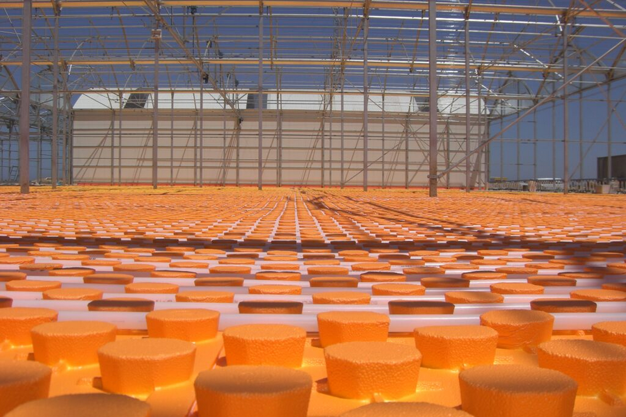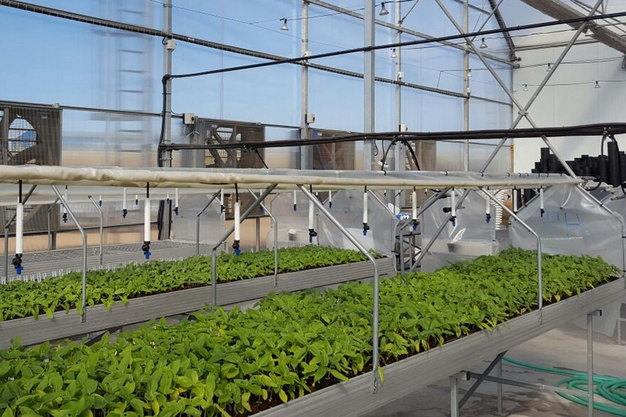Heating in greenhouses is crucial to maintaining an optimal environment for plant growth, especially in cold climates. An efficient solution is radiant floor heating, which offers multiple benefits for modern farmers.
What is radiant floor heating?
Radiant floor heating is a heating system that is installed under the greenhouse floor. It works by circulating hot water or using electric cables that emit heat evenly from the floor upwards, creating a warm and constant environment.
Benefits of radiant floor heating in greenhouses
Underfloor heating offers numerous benefits for greenhouse heating, becoming an increasingly popular option among growers. One of the main benefits is energy efficiency, as heat is distributed evenly from the ground upwards, reducing energy loss and optimizing consumption. In addition, this system improves crop growth by providing a warm and constant environment, ideal for germination and plant development. The even distribution of heat also prevents hot and cold spots, ensuring that all plants receive the same amount of heat, resulting in more homogeneous and healthy growth. These benefits make underfloor heating a highly efficient and effective heating solution for any greenhouse.
Energy efficiency
Underfloor heating is known for its high energy efficiency. By directly heating the soil and plant roots, heat loss is reduced and energy use is optimized.
Improved crop growth
A constantly warm environment promotes plant growth, improving germination and crop development. Underfloor heating provides these ideal conditions.
Uniform heat distribution
Unlike other heating systems, underfloor heating distributes heat evenly throughout the greenhouse, avoiding hot and cold spots that can negatively affect plants.

Types of under floor heating systems
There are several types of underfloor heating systems that can be used in greenhouses, each with its own characteristics and advantages. The two main types are hot water systems and electric systems. Hot water systems work by circulating heated water through pipes installed under the floor, providing uniform and constant heat. On the other hand, electric systems use heating cables that emit heat when an electric current is passed through them, offering easier installation and precise temperature control. Both systems are highly efficient and can be tailored to the specific needs of each greenhouse, significantly improving the growing environment and optimizing energy use.
Hot water systems
These systems use pipes installed under the floor through which hot water circulates, heating the floor efficiently.
Electric Systems
Electric systems use heating cables that emit heat when electric current is passed through them. They are easy to install and maintain.
Installing radiant floor heating systems in greenhouses
Installing a radiant floor system involves several steps, from preparing the floor to laying pipes or cables and connecting to a heat or electricity source.
Necessary materials
To install a radiant floor system, you will need heating pipes or cables, a temperature control system, and basic installation tools.

Radiant floor heating is an efficient and effective heating solution for greenhouses, offering multiple benefits that improve both energy efficiency and crop growth. Consider this option to optimize your greenhouse.
For more information:
J. Huete Greenhouses
info@jhuete.com
www.jhuete.com
